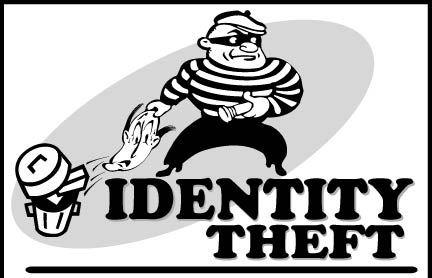Identity Theft is a crime of impersonation. Identity Theft occurs when a con artist assumes another person’s identity, generally in pursuit of credentials that permit them to access bank credit lines or other benefits that only the victim are entitled to. Victims of this crime are subject to damaging legal and economic fallout if they are held accountable for the actions of the perpetrator. Today, identity theft is regarded by many career criminals to be as lucrative as drug dealing, but far less dangerous and risky. It is believed that 95% of all incidents of indemnity theft are never prosecuted. This is so because getting a conviction for this type of crime relies upon having a clear understanding of where jurisdiction lies. If an individual in Canada steals the identity of a person who lives in California through the Internet on a website hosted on a server in the Cayman Islands, where exactly was this crime committed?

Law enforcement experts report that the full extent of this type of criminal activity cannot be known. The reason for this is the very high numbers of people who dutifully pay their credit card bills on time without fully examining them. There is an additional issue related to credit issuing banks themselves. Many banks simply do not want to garner any publicity at all that is in any way related to data security issues where potential exists for the cause of breach to be associated with lapses in their own internal data protection protocols. Sometimes when serious problems occur, these banks quietly absorb the losses themselves believing that disclosure is bad for business.
Interesting Facts About Identity Theft
The actual term “identity theft” has been in use by law enforcement since 1964.
Stealing another’s identity to acquire and profit from credit card information is the fastest-growing form of white-collar crime today.
Each year, about 500,000 Americans become victims of identity theft, with more than $4 billion illegally taken in their names. Many never know about it, or ever find out.
Aggressive thieves can steal as much as $20,000 a day in cash and merchandise.
Although there are federal fair credit laws that protect the rights of consumers, an estimated $5 billion has so far come out of the pockets of American citizens as a direct result of this form of crime.
A new incidence of identity theft is attempted every 79 seconds.
A single stolen credit card can bring in $500-$1,000 when sold on the black market.
It is common for people to find out that they have been victimized only after they have been turned down for credit.
What You Can Do To Protect Yourself
